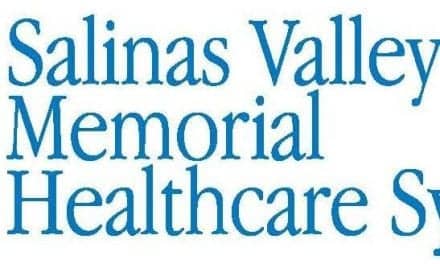A newly released practice alert from the American Association of Critical-Care Nurses (AACN) aims to standardize how patients undergoing prone positioning therapy for extended periods of time are cared for.
The AACN Practice Alert “Manual Prone Positioning in Adults: Reducing the Risk of Harm Through Evidence-Based Practices” summarizes expected nursing practice to reduce the risk of complications related to manual prone positioning. It also includes supporting evidence for the recommended practices and addresses caregiver safety.
Prone positioning is a common intervention to help improve oxygenation in patients with moderate to severe acute respiratory distress syndrome (ARDS). During the COVID-19 pandemic, it became a customary treatment for patients with severe SARS-CoV2 infections and was rapidly adopted by clinical caregivers.
“Many nurses proned their first patient during the pandemic, and as patients remain prone for longer stretches, the risk of complications grows. AACN developed this practice alert to provide a single place for clinicians to find best practices supported by published evidence,” says Devin Bowers, MSN, RN, NE-BC, AACN’s director of practice excellence, in a release. “Standardizing the practices related to prone positioning helps minimize associated patient risks while maximizing care team safety.”
The practice alert focuses on evidence-based strategies to prevent the most common proning-related complications for patients with ARDS who are undergoing prone positioning for more than 12 hours per day:
- Pressure injuries
- Airway obstruction and unplanned extubation
- Ocular and nerve injury
- Enteral nutrition issues
The alert also discusses the importance of caregiver safety in minimizing risks of injury that can occur while turning a patient.
Authors of the practice alert are Lauren Morata, DNP, APRN-CNS, CCNS, CPHQ; Kathleen Vollman, MSN, RN, CCNS; Jennifer Rechter, MSN, RN-BC, AGCNS-BC; and Jill Cox, PhD, RN, APN-C, CWOCN. The four clinicians recently presented an overview of the practice alert as part of the AACN Critical Care Webinar Series.
“Prone positioning poses significant risks for the patient, which can often outweigh the benefits,” says Morata in a release. “It’s important to evaluate each patient prior to their being placed in the prone position to determine whether there are any relative or absolute contraindications.”
The authors encourage organizations to develop and implement a policy or protocol that outlines their proning procedure, personnel, and resources to ensure the safety of patients and caregivers. In addition, education and hands-on training should be provided at least annually.
Units should also monitor pressure injury rates and other potential complications related to prone positioning to identify specific areas of practice that may need further evaluation and adjustment.
The prone positioning practice alert is the most recent addition to AACN’s library of clinical resources reflecting current evidence-based practice and research. Each AACN Practice Alert seeks to ensure excellence in practice and safe work environments. Previously released alerts address topics such as pain management, feeding tube placement, pulmonary artery pressure monitoring, assessing and managing delirium, and aspiration prevention.
Each AACN Practice Alert also outlines the scope and impact of the problem, summarizes the expected nursing practice, and provides supporting evidence and research. Practice alerts are available at no cost on the AACN website by signing in to a free AACN online account.










